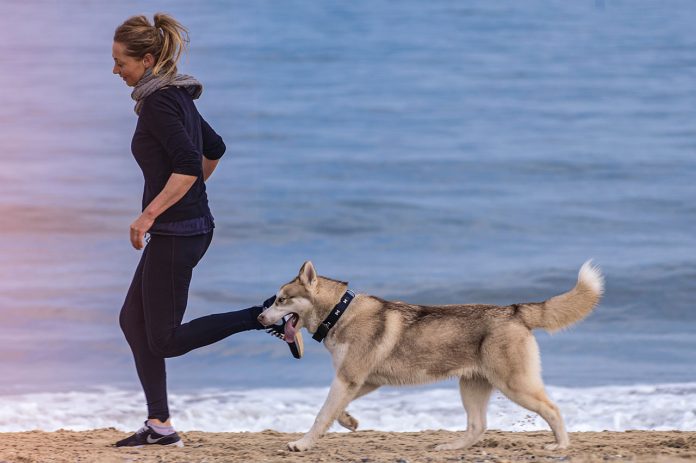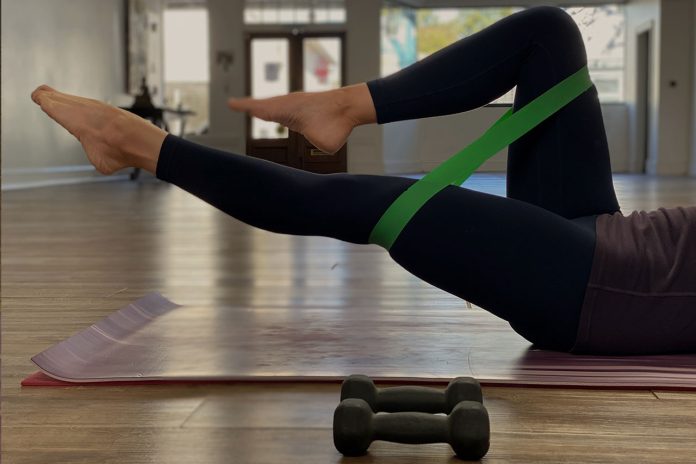Running is one of the simplest yet most effective forms of exercise. It requires little equipment, can be done anywhere, and provides tremendous physical and mental benefits. From weight management to disease prevention to mood enhancement, running improves health in myriad ways. Whether training for a race or taking up running as a new hobby, this complete guide will teach you how to start running safely and sensibly to reap the rewards for years to come.
Table of Contents
You may also want to know: How I Started Running and Became a Happier, Healthier Person
Why Start Running?
Understanding all the excellent benefits of running provides strong motivation:
- Weight loss and management – Running burns 500-700 calories per hour for a 155 lb person, making it ideal for slimming down.
- Cardiovascular improvements – Strengthens the heart muscle and improves lung capacity for greater endurance.
- Reduced disease risk – Lowers risks of chronic illnesses like type 2 diabetes, heart disease, stroke, and arthritis.
- Stronger bones and joints – The impact stresses bones to become denser and joint tissues to adapt.
- Mental health – Releases endorphins, elevates mood, and reduces anxiety. A moving meditation.
- Healthy aging – Runners experience less age-related physical and cognitive decline in later years.
- Convenient – Running can be done anywhere outdoors or on a treadmill. No gym is required!
From achieving fitness goals to boosting overall well-being, running delivers results. And it feels great once you adapt to the cardiovascular intensity. Reap the benefits by lacing up!
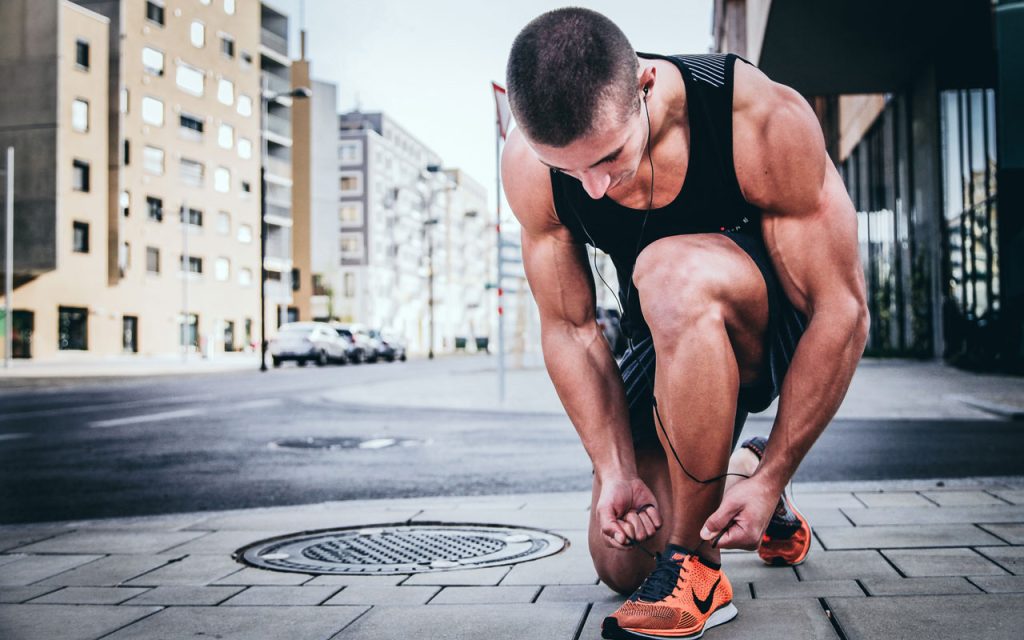
Proper Running Gear
The quality running gear keeps you comfortable and prevents injury when training on roads or trails:
- Running shoes – The most vital purchase. Visit specialty stores for professional gait analysis and shoe fitting.
- Moisture-wicking socks – Synthetic, snug fabrics reduce friction. Anti-blister and padding zones are ideal.
- Supportive sports bra – Minimizes bounce during runs. Look for wide straps and a snug racerback fit.
- Lightweight, breathable fabrics – Avoid cotton. Polyester blends and technical shirts wick sweat.
- Reflective elements – Reflective tape or strips improve visibility and safety when running in low light.
- Cold weather gear – Insulated tights, jackets, gloves, and hats allow for winter running outdoors.
Proper athletic apparel makes running more enjoyable while protecting your body. Invest in quality clothing and shoes suited to your training. Replace shoes every 300-500 miles.
Starting a Running Routine
For beginners, build up running mileage gradually following these guidelines:
- Start with a Couch to 5K program to safely progress from short jogs to 3-mile runs over 8-10 weeks.
- Run every other day for 20-30 minutes initially to allow rest days for recovery and injury prevention.
- Build total weekly running time by no more than 10% each week to avoid overuse injuries like shin splints or knee pain.
- Run at an easy, conversational pace focusing on proper form and breathing. Save faster speeds after building an aerobic base.
- Choose softer surfaces like dirt trails or tracks when starting out before progressing to sidewalks and roads.
- Stretch and foam roll after each run to improve muscle recovery. Dynamic Warm-ups prep muscles too.
- Cross-train on non-running days with biking, swimming, yoga, or strength training for balanced conditioning.
Ramping up running volume gradually and allowing adequate rest are keys to developing a sustainable running habit. Be patient – fitness gains and adaptations take time. Consistency pays off.
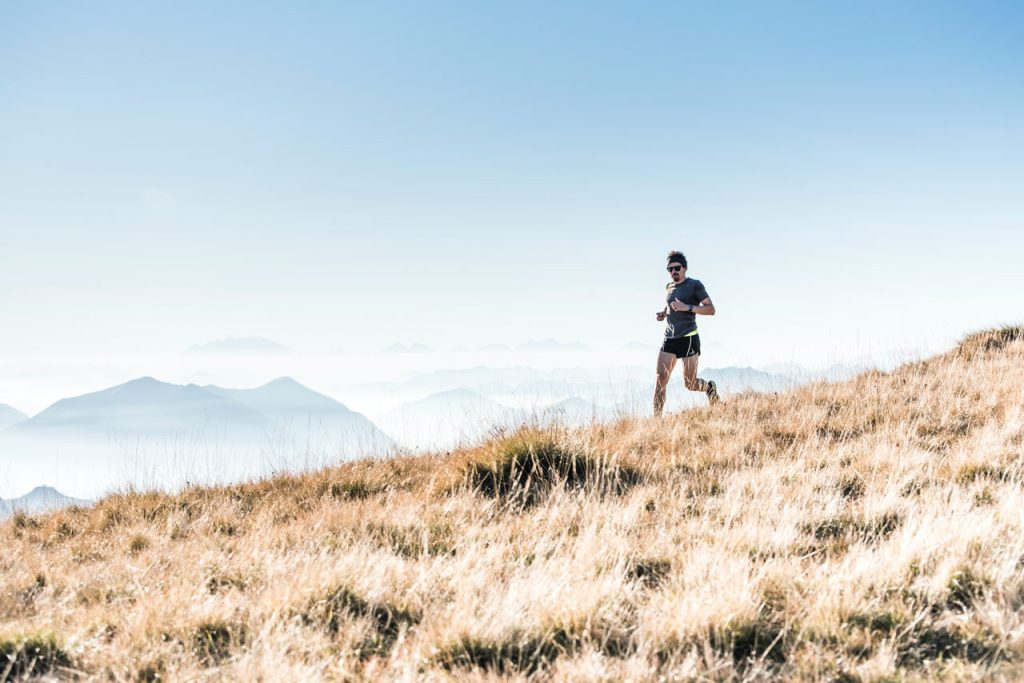
Preventing Common Running Injuries
While running injuries are not inevitable, new runners often develop these common pains:
- Runner’s knee – Knee pain is frequently caused by imbalances or poor alignment like weak hips or quads.
- Shin splints – Inflammation along the shin bone. Check running shoes and build mileage slowly.
- Plantar fasciitis – Heel and arch pain from overuse. Stretch the foot and use orthotic inserts.
- Achilles tendinitis – Stiffness and pain in the back of the ankle. Increase calf strength and flexibility.
- Side stitches – Temporary cramping under the ribs. Breathe fully and slow pace. Often dietary related.
- Blisters – Wear moisture-wicking socks and properly sized, broken-in shoes. Blisters result from friction.
Focus on building leg and core strength, full post-run stretching, proper shoes, and resting adequately between runs. Don’t increase the training load too suddenly. With caution, running can strengthen rather than strain your body.
Developing as a Runner
As you get comfortable running 3-5 miles consistently, consider the next steps:
- Training for a 5K, 10K, or half marathon race. Events keep training focused.
- Joining a running group for motivation, advice, and making new fitness-minded friends.
- Adding speed work like intervals or tempo runs to improve pace.
- Cross-training more vigorously through cycling, swimming, or strength training.
- Trying trail running for varied terrain and scenery.
- Tracking runs via a fitness watch or app to monitor progress over time.
- Sticking to a training schedule taking easy and hard days into account.
- Improving your diet with whole, anti-inflammatory foods to maximize running gains.
Running consistently and sustaining motivation over months and years takes commitment. But the payoff of better fitness, health, and enjoyment of the sport makes it incredibly rewarding. Set new goals and run towards your full potential!
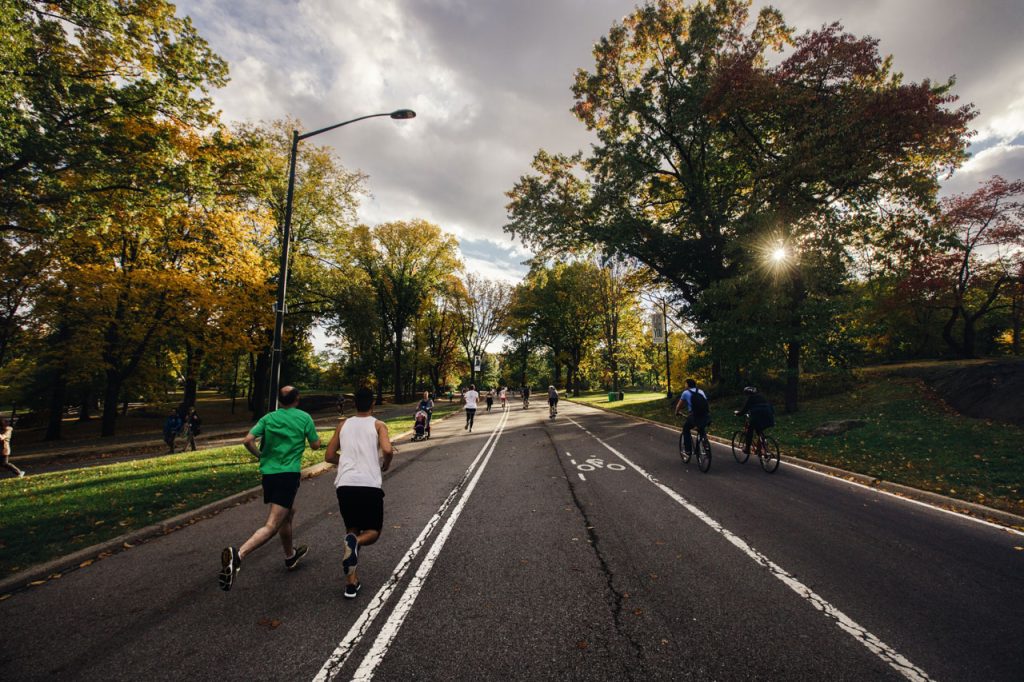
Related Links:
https://en.wikipedia.org/wiki/Running


